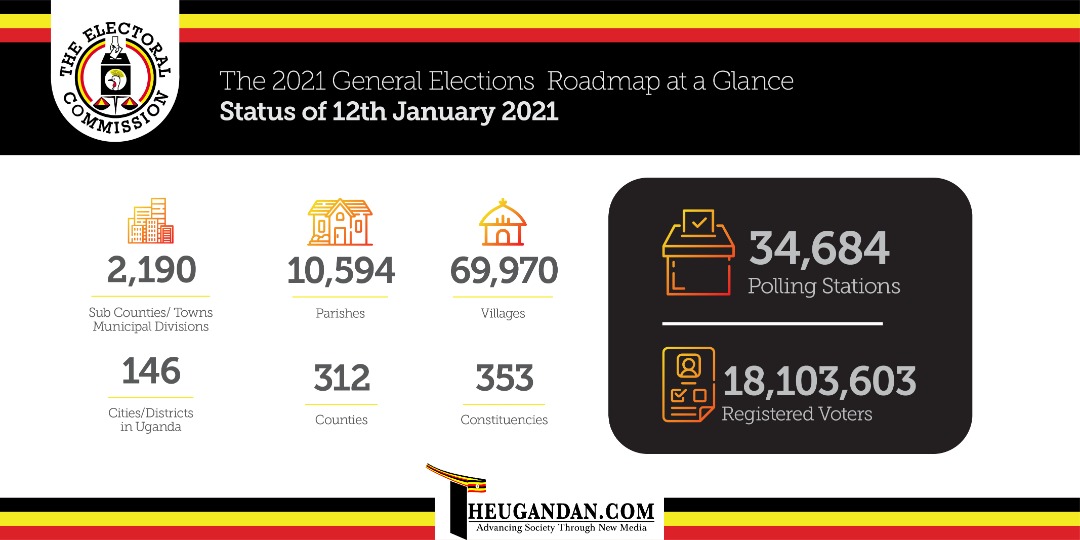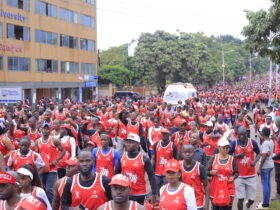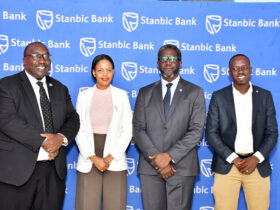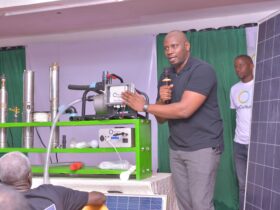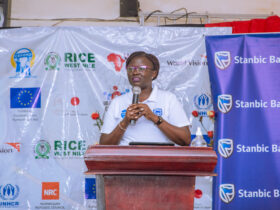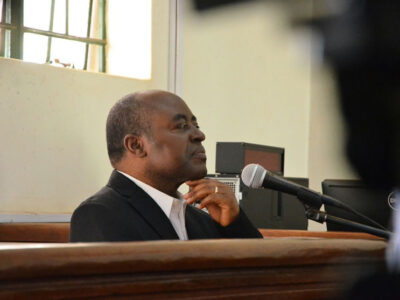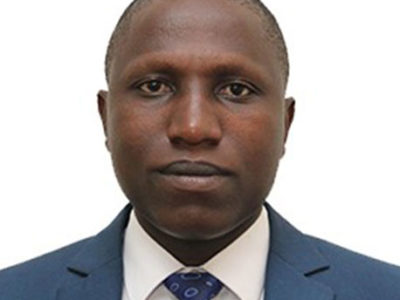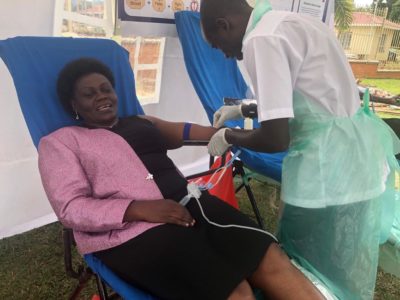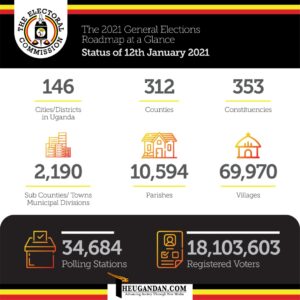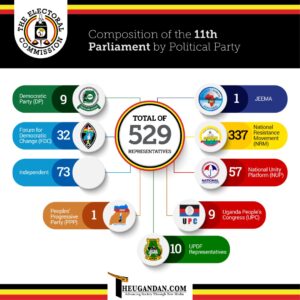By Rebecca Alowo
This is a review of Cradle to Cradle by William McDonough and Michael Braungart in the hope that it appeals to the Lukewarm person who is not quite entirely convinced about change in managing engineering projects that lead to the popular definition of development and remains neither here nor there about the next ice age or climate change issues.
On the authors
The Authors William McDonough and Michael Braungart wrote cradle to cradle during the Bush administration. At this time the US government was trying to secure oil/energy reserves for future industrial growth and use. In order to achieve this US strategy was to make Columbia safe for ongoing oil exploration and meet one of the Bush Administration’s national security goals- of diversifying the sources of America’s oil. The US had pledged to train 4,000 Columbian troops and supply them with high-tech surveillance equipment and combat helicopters. The Columbian army, in turn, was to use this array of American technology and know-how to defend the nation’s oil fields hence securing it for UDS exploitation. McDonough had questioned the viability of such a strategy in a separate article “wedging peace with intelligent design” published in Green at Work in 2002 for a country with such stature and might as the USA and argued that the Bush Administration should look into developing technology and promote ways of living that were not so oil /energy dependant.
About the book
Cradle to Cradle explores the concepts around paradigm shifts in the innovative use of natural resources notably naturally available renewable energy sources in the design of built environments, with new approaches they categorise as separation of technical and biological nutrients using strategies they call eco-effective metabolism. The book style provides an easy read of straight forward thoughts that are explained and positioned conclusively at the end of each chapter. There aren’t many chapters to cover and it is written in a down to earth style and language this provides a hook to keep one turning pages. The authors concluded their writing with a step by step protocol which one can follow to implement a cradle to cradle approach to their day to day engineering design.
Cradle to Cradle on sustainability and industrial ecology
The authors have good knowledge of sustainability issues; they provide a good wrap up of all the books that would make up a list of engineering for sustainability enthusiast. Specifically the authors review the implications of the writings of Owen Wilson’s The Future of Life, Rachel Carson’s Silent Spring, Limits to Growth by the Roman Club, the Brundtland Report, and Lovelocks’ Gaia philosophy on popular ideas on sustainability and the impact that their work has had and what its resulted to today. They also touch on aspects such as biomimicry and point to its application areas, for this the authors draw on the works of Janine Benyus; they produced a synthetic paper to illustrate cradle to cradle concept credibility. They also convincingly challenge and review the “bigger better syndrome” on page 50 through the Scuhammer’s reasoning in Small is Beautiful.
Cradle to Cradle on engineering and design
William McDonough and Michael Braungart have used their experience and training to focus their vision on what they feel should become for us a way of using nature itself as a model for design and process manufacturing. The innovative book format developed by Charles Melcher of Melcher Media and showcased through Cradle to Cradle is a synthetic material made from plastic resins and organic fillers that are waterproof and extremely durable. Not only is the book recyclable by conventional means but it is a ‘technical nutrient’, (with an infinitely recyclable product). McDonough and Braungart make a convincing case that industry and environment don’t have to be in conflict with each other, leaving no one at odds with their quality of life. He manages to argue the benefits of doing “more with less” (page 51 Cradle to Cradle).
Cradle to Cradle on Business
There are good ideas from the book, for instance a new take on the definition of competitiveness that includes issues of biodiversity “train together and cooperate to redefine” this I feel comes across well in the approach to demonstrate in practical terms what business had to gain from a new ecological awareness rather than just as he quotes “what the environment stood to lose”. This concept is helpful in that it helps one isolate /localize problem identification, inbuilt environment needs. It also provides an opportunity to include in issues of concern for sustainability in the international arena in business strategic planning. The authors also proposed shift from one size fits all approach to design (but to designing facilities on a case by case basis) that don’t preserve cultural identity, use of cheap economies of scale that don’t reduce inequity (they don’t reduce the gaps between the haves and have not’s in society).
The authors have good constructs of design using non-economic based view of efficiency (eco-efficiency) to cut across most concerns in the natural resources sectors , for instance energy and water “efficiency is valuable tool within a large, effective system that intends overall positive effects on a wide range of issues, not simply economic ones” (page 65). The authors suggest we explore, very well the use of anthropology to study a place then design based on the range of cultural and natural pleasures, this might explain Nokia’s success as a telecom company, in using anthropology for the design of phones.
On development issues
Cradle to Cradle provides thought-provoking analysis on how we use guilt management as a short cut to dealing with collective sins and design quick fixes for development intervention “a similar placebo in western culture and end up being less bad” in whatever projects we endeavor to perform. On page 78 the theme; “we all want to grow” takes on a case of a developed country in which there are disparities between the rich and the poor particularly challenging the problems of decline and delinquency I related this to the situation in Uganda with problems in our urban slums and internally displaced camps. In emphasizing the plight of such people, Cradle to Cradle puts across the idea that in consideration of developing countries with low standards of living; there is no need for them to limit production and growth to the point where people are forced to live a more primitive organic lifestyle in order to be sustainable. Alternative energies website suggest that environmentalists often characterize business and growth as a destructive force, and corporations see the environmental movement as an obstacle to production and growth.
As much as the book calls for a shift from eco-efficiency (defined by an improvement process in ecological efficiency) to eco-effectiveness, it is hard to shake off the notion that the two are co-dependent, in an engineering project or design focusing on the result at the effective level in planning can be failed at execution or process level e.g. on-site due to many issues build-ability inclusive. Midterm appraisals of development projects try to predict the likelihood of getting the expected/effective project results and explore what mechanisms and process are in place, how and if they are working to make sure this happens. The expansion of the development body of knowledge following the Marshall plan and success (taking the general most known view), among the Tiger economies (with the quality circles in kaizen thinking) showed that these mechanisms, went a long way in determining an engineering project outcome despite a given culture, natural setting and use of eco-tight materials. A question remains whether eco-effectiveness should be given equal emphasis on engineering projects in order to help an engineer adequately address the issue of recycling where “waste equals food”.
Cradle to cradle on religion
The author’s suggestions that old traditions or forms of faith are inadequate in dealing with today’s complex problems or yielding solutions does not seem to acknowledge the fact that people don’t take a systems approach to faith they resort to taking their own interpretations of small areas of a faith and capitalize on it for their interests, as opposed interpretations of it in whole, these misinterpretations lead to world disharmony. Rhoda Byrne in her book The Secret reveals that the laws in the universe run like a golden thread through the lives and the teachings of all the world’s religions being given different names but with the same definitions, explanations and meanings from the belief of quantum physics, Christianity, Islam and Buddha promoting unity with spirit, man and universe though often misinterpreted.
Reflections
The book made me aware of the underlying assumptions and negative effects of the engineering process in terms of inbuilt obsolescence and downcycling, intergenerational tyranny, unintentional depletion, and consequences of inadequate population control, as per the book definitions. I was also made aware of the need for the promotion of good indigenous technologies Cradle to Cradle gives examples on China’s problems with pollution which might have been avoided if they had stack to their experience with vault toilets and Egypt’s salination and siltation problems that resulted from a shift to western agricultural methods as opposed to maintaining their traditional methods. In light of this I am now less critical of oral cultures as I appreciate that in some ways they are “less bad” they limit the use of trees for paper. It challenged some of my passive eurocentric views of “everything western being everything good”. Technology-wise cradle to cradle exemplifies and reiterated the potential for solar energy use though it does not answer to what degree it can be scaled up in developing counties particularly Uganda as scaling up solar power is still financially an issue.
On the downside the book left me slightly terrified of life, I was undecided wherever to use milk in plastic packaging or not, the health effects the authors write about are quite enormous I was not able to come to terms with the scales of it, though the possibilities of what can happen to me or physically destroy me made me less terrified of diseases and vectors in sub Saharan Africa. It would appear no matter which part of the world one is, one is in a rat race.
I would recommend this book not just to the cutting edge engineer, architectural designers and the mum at home worrying how eco-friendly /green she is or how safe her children are around her groceries but to sales account managers of various technology-based companies and the officers at National Environmental Management Authority concerned about how to grow a client portfolio that will be vested in eco-centric industries or at least how to identify one.
Bibliography / References:
- Amaryta Sen (1999) “Development as Freedom” Oxford University Paperback (2002) ISBN 0192893300
- Lovelock J., (2000) “Gaia: a new look at life on earth” Oxford University Press (first published in 1982) ISBN 0192862189
- McDonough W & Braungart M. (2002) “Cradle to Cradle” North Point Press New York ISBN0-86547-587-3
- Meadows D.H., Meadows D.L., Randers, (2004) “Limits to Growth -The 30 Year Update” Earthscan Publications. ISBN 1844071448
- Pearce D., Barbier B., (2000) “Blueprint for a sustainable economy” Earthscan Publications, London. ISBN1 85383 515 3
- Rachel Carson (1962) “Silent Spring” Penguin Classics (first published 1962) ISBN 0-14-118494-9
- Rhoda Byrne The Secret 2003
